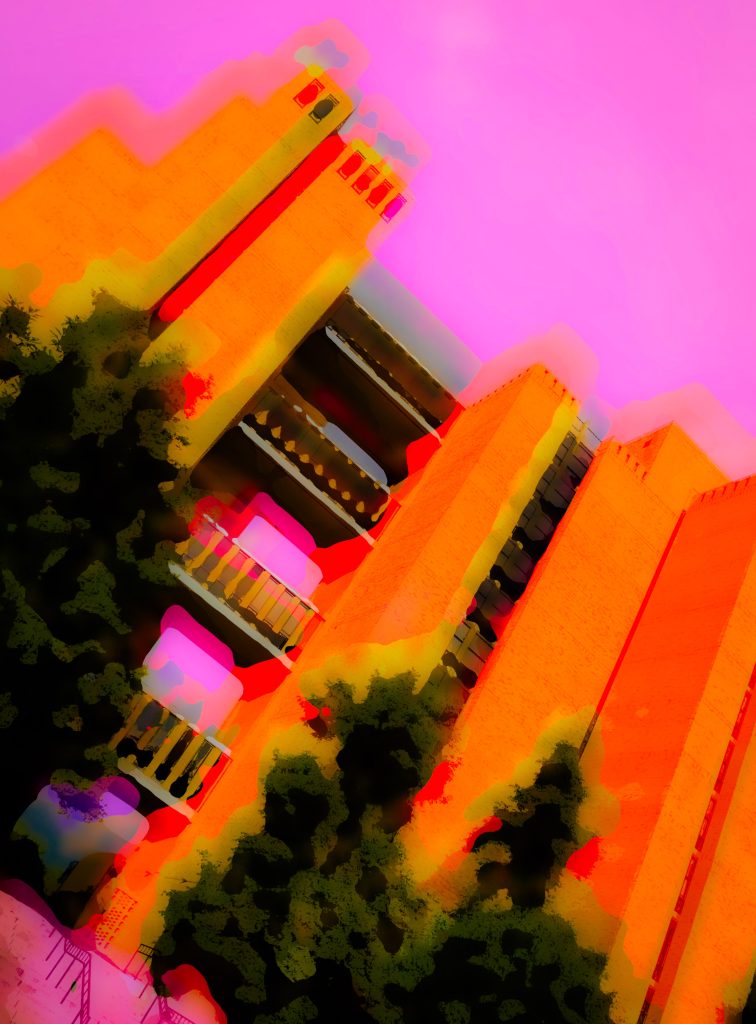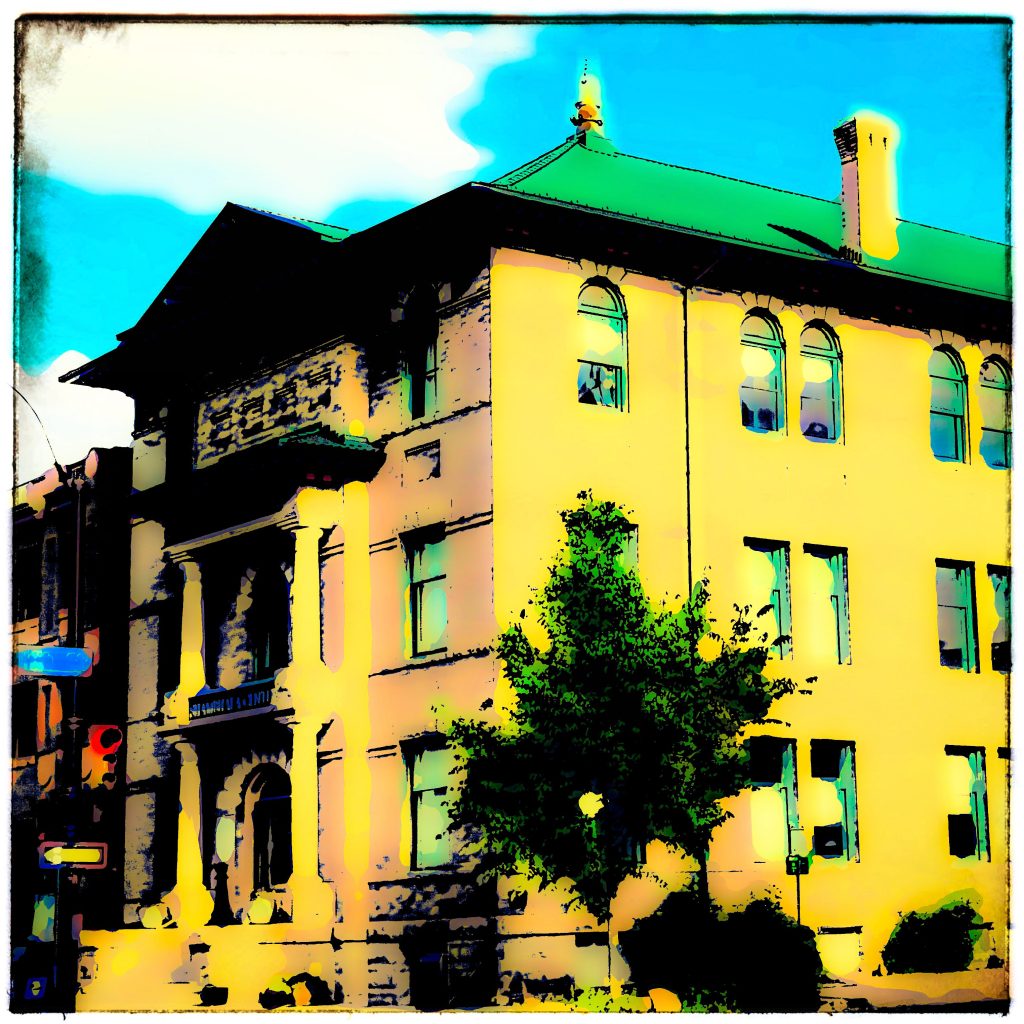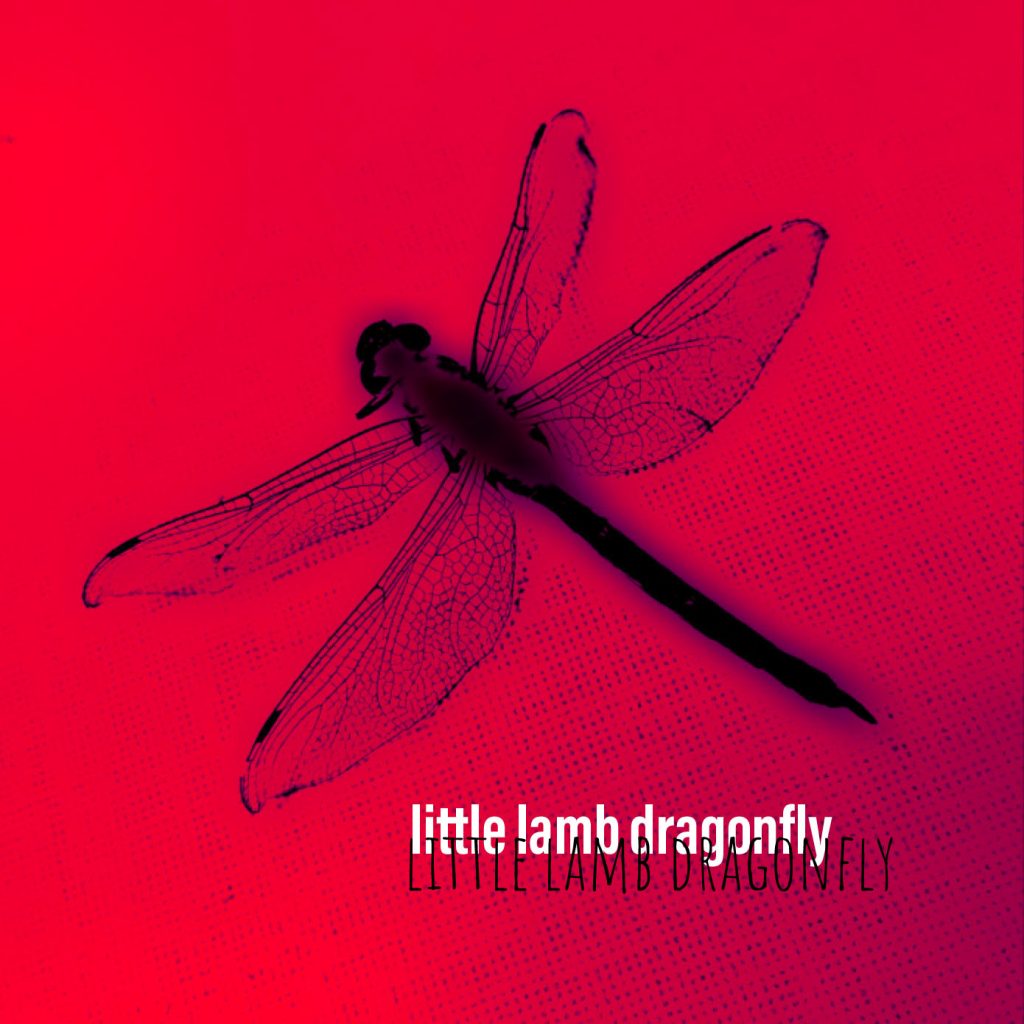
DEVELOPING STUDENTS’ ORAL SPEECH THROUGH AUDIO-VISUAL MATERIALS IN THE PROCESS OF LEARNING FRENCH
Samarkand State Institute of Foreign Languages
Philology and Language Teaching (French)
1st year student
Eshpo’latova Khilola Davron kizi
0009-0005-9329-4347
Annotatsiya: Mazkur maqolada fransuz tilini o’rganayotgan talabalarning og’zaki nutqini rivojlantirishda audiovizual materiallarning tutgan o’rni va samaradorligi tahlil qilinadi. Bu tilni o’rganishda audiovizual vositalar talabalarning muloqot kompeteniyasini rivojlantiradi va bu til egalari bilan bo’lgan amaliy suhbatlarga tayyorlaydi. Tadqiqot davomida audiovizual materiallar, xususan, videoroliklar, filmlar, podkastlar, television ko’rsatuvlar va video ma’ruzalardan foydalanishning afzalliklari ko’rsatib beriladi.
Keywords: audiovisual materials, oral speech, pronunciation development, speech activity, educational effectiveness, authentic materials
Аннотация: В статье анализируется роль и эффективность аудиовизуальных материалов в развитии устной речи студентов, изучающих французский язык. При изучении языка аудиовизуальные средства развивают коммуникативную компетенцию учащихся и готовят их к практическому
общению с носителями языка. В ходе исследования будут
продемонстрированы преимущества использования аудиовизуальных материалов, в частности видеороликов, фильмов, подкастов, телевизионных шоу и видеолекций.
Ключевые слова: аудиовизуальные материалы, устная речь, развитие произношения, речевая активность, эффективность обучения, аутентичные материалы
Abstract: This article analyzes the role and effectiveness of audiovisual materials in developing oral speech in students learning French. Audiovisual aids in learning this language develop students’ communicative competence and prepare them for practical conversations with native speakers. The study highlights the benefits of using audiovisual materials, particularly videos, films, podcasts, television shows, and video lectures.
Keywords: audiovisual materials, oral speech, speech development, speech activity, educational effectiveness, authentic materials
INTRODUCTION
Today, due to the growing interest in the French language in many parts of the world, the use of modern methods is required in the process of learning this language. Especially one of the pressing issues is the development of speaking skills, which is the main way of communicating in a foreign language. Therefore, a number of studies are currently being carried out on improving the ability to speak orally. However, we are facing several problems in their practical application.
The main purpose of this article is to improve the ability of spoken speech among students with a particular specialty of young people studying French, to adapt them to live communication and to analyze the effective aspects of the use of audiovisual materials in the formation of the skills of not only speaking French but also thinking. The results of this study provide an opportunity to develop oral speech in the process of learning French by using audiovisual tools correctly and purposefully.
RESEARCH METHODOLOGY
This study was conducted in a practical and experimental direction, using audiovisual tools to improve students’ oral skills and develop their ability to speak independently, as if they were native speakers of the language. First of all, to analyze theoretical approaches to the topic.
Important scientific articles such as Karimov’s “The Role of Video Lessons in the Educational Process” and Jo’rayeva Mohina’s “Linguodidactic Foundations of Developing Students’ Oral Speech” were collected and studied. At the same time, international experiences were summarized based on the article “The Use of Audio-Visual Materials as Strategies to Enhance Speaking Skills among ESL Young Learners”, prepared under the global collaboration of Keeth Kthirvel and Harvati Hashim.
In the practical stage, pedagogical observation, comparison, and experimental methods were widely used. During this experiment, audiovisual materials (video clips, films, podcasts, and subtitled videos) were used in French language lessons. Changes were
observed and analyzed in depth during the lessons and exams. The methods chosen based on these observations are fully consistent with the main goal of the study and serve to determine the importance of audiovisual materials in developing the oral
speech of students learning French.
In the final stage, the useful and harmful aspects of these methods were fully studied and suggestions and recommendations
were developed for the purposeful use of the above tools.
REVIEW OF LITERATURE USED
Today, the use of audiovisual materials in modern pedagogy and education is one of the most important of the issues that is at the center of current and heated discussions. In recent years, many practical and theoretical studies have been conducted on this topic,
confirming the usefulness of these tools (audiovisual materials) in the learning process, especially in developing speaking skills.
In the scientific article of Karimova “the role of video cameras in the
educational process”. Videodars and presentations have scientifically substantiated the development of independent thinking and talkative skills. Also, in her article “Linguodidactic Foundations of Developing Students’ Oral Speech” by KarSU doctoral student Jo’rayeva Mohina, she emphasizes the use of audiovisual materials as an effective method of developing oral speech.
At the global level, Keeth Kthirvel and Harvati Hashim conducted a study on the use of audiovisual materials as strategies to enhance speaking skills among ESL students and young learners in their article “The Use of Audiovisual Materials as Strategies to
Enhance Speaking Skills among ESL Young Learners.” The article provides a scientific basis for the use of videos, podcasts, and audio-video tasks to improve students’ oral communication skills.
Studying the above studies, we can see that although the importance of audiovisual materials has been thoroughly analyzed, there is a lack of methodological approach to using these tools. This article examines this issue.
ANALYSIS AND RESULTS
The results of the experiments conducted showed that the regular and purposeful use of audiovisual materials is important in improving students’ oral speech. And it came to my stop taking into account the percentage indicators of the following experiment.
In the first stage of the experiment, two groups of New simple and experimental groups were formed from 1st year students with a homogeneous level of knowledge. In normal gruhs, classes were held in the traditional style of Experimental while in gruhi, classes were held using audiovisual materials. In 2 months of favomi, changes in these groups were monitored and deeply observed. 2
months later, an examination was carried out and their level of knowledge was assessed. According to preliminary results, 30% of students in ordinary Gruh satisfactorily underestimated the skills of oral speech.48% showed an average of while 22% of students performed low. In the case of experimental gruhi, the results
were significantly improved. Specifically, 50% of students returned satisfactory grades, 35% returned average grades, and 15% returned low grades.
According to the results obtained, the learning effectiveness in the group using audiovisual materials was higher and more effective than in the control group. In particular, students who achieved satisfactory results were 20 percent higher, while those who achieved low results were 7 percent lower. These percentages are clear evidence
that audiovisual materials are useful in developing oral speech.
This study showed that audiovisual materials are extremely necessary and useful for every student studying French. The above figures are a clear proof.
In a typical group, a large proportion of students (58%) reported a low average of 22%. This result suggests that traditional teaching methods are inadequate in the development of student oral speech. This situation was mainly explained by the limited opportunities for real-world and auditory-visual learning during the lesson.
In the experimental group, the proportion of students who showed satisfactory results reached 50%, indicating that audiovisual materials increased students’ speech activity. Through video materials and audio recordings, as well as various films and podcasts, students can better master the pronunciation, speaking style, and speed of speech in French. Furthermore, the 15% reduction in the proportion of students who performed poorly in the experimental group showed that audiovisual materials are an important pedagogical factor in the development of oral speech.
CONCLUSION
In conclusion, audiovisual materials are important in studying the natural world because they demonstrate the pronunciation, speaking style, and cultural characteristics of the French language.
Through video materials, podcasts, films, and shows, students’ vocabulary and pronunciation improve. From the results of the study, we can know that the use of audiovisual materials in the course of the lesson increases the interest of students in relation to the lesson and forms the skills of free communication. This serves as an
important foundation in tending them to a real-life environment.
It is also worth noting that these methods are an important guide in the process of interactive learning and an important factor in the development of students’ communicative skills and competencies. Pedagogical research has shown that each student should use
additional materials on the language they are learning, which will be beneficial to their perspective and their ability to communicate freely in that language. In addition, each language that needs to be learned requires regular development and work on itself. If every student uses advanced methodologies such as audiovisual materials on a regular basis, they will make great progress in this field. This is the main goal of the study.
LITERATURE USED
- Karimovan B. Y. Videodarslarning ta’lim jarayonidagi o‘rni // Zamonaviy ta’lim muammolari. – 2022. – №3. – B. 45–52.
- Jo‘rayeva M. Talabalarning og‘zaki nutqini rivojlantirishning lingvistik asoslari // Til va adabiyot ta’limi. – 2021. – №4. – B. 33–39.
- Khirivel K., Hashim H. The Use of Audio-Visual Materials as Strategies to Enhance Speaking Skills among ESL Young Learners // International Journal of Language Education. – 2020. – Vol. 4, №2. – P. 120–128.
4.TV5 Monde. Apprendre le français avec des vidéos [Elektron resurs]. – Kirish rejimi: https://apprendre.tv5monde.com (murojaat sanasi: 25.12.2025).
5.RFI Savoirs. Le français par l’audio et la vidéo [Elektron resurs]. – Kirish rejimi: https://savoirs.rfi.fr - YouTube platformasi. Fransuz tilini o‘rganish uchun autentik audiovizual materiallar [Elektron resurs]. – Kirish rejimi: https://www.youtube.com














